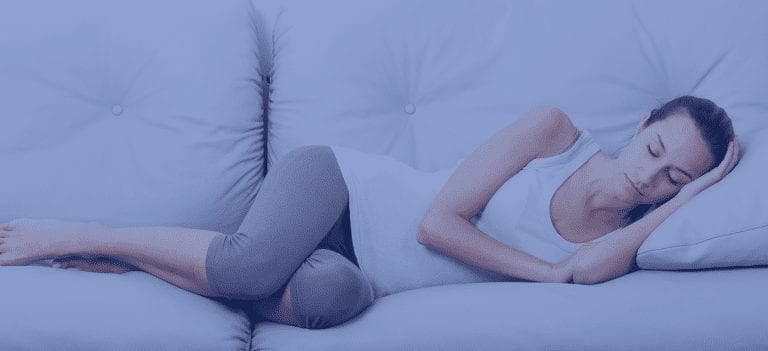The Power of a "Power Nap"
December 9, 2016

It is not easy keeping up with life whether you’re a soccer mom managing kids and home, a work-a-holic putting in long hours at the office, or just someone trying to deal with the holiday chaos this time of year. You may feel like you haven’t got the time for it, but just a few minutes of shut-eye can be very beneficial. You might be surprised how effective even a 15-minute nap can be. The power nap—a phrased originally coined by James Maas, a social psychologist at Cornell University—is all the rage right now and for good reason, especially if you suffer from sleep deprivation.
What is Sleep Deprivation?
Most adults require between 6 to 9 hours of sleep each night. If you get less than what your body needs, it starts to add up just like a debt, and one that you’ll pay for eventually.
Sleep deprivation affects:
- Memory
- Mood
- Immune system
- Pain receptors
A power nap is one way you can start to repay that sleep debt and avoid long-term adverse effects.
What is a Power Nap?
Sara C. Mednick, PhD., and sleep expert describes the power nap as a way to reset your system to increase alertness and enhance motor function. Essentially, the power nap takes all the benefits of sleeping and condenses them, so you are only resting for 10 to 30 minutes. This technique is beneficial for most, but especially if you have a sleep deficit.
Not all naps are equal, though. The short nap, up to 20 minutes, is effective for boosting alertness—this is sometimes referred to as a stage 2 nap. If you can manage up to 60 minutes of shut-eye, you enhance your decision-making skills and memory. Sleeping even longer allows you to get REM sleep, which is necessary for brain health and improves your creative thinking.
Long naps don’t really fall under the category of “power nap,” though. The goal of power napping is to keep it short—around 30 minutes—to prevent falling into deep sleep. If you nap too long, you can develop a problem called sleep inertia which leaves you groggy and confused.
How to Master the Power Nap
So, how does one go about mastering the magical power nap? The trick is consistency in:
- Schedule
- Timing
- Environment
You want to take your nap about the same time every day—for example, if you have a break at work or when the little one naps in the afternoon. You want to sleep about the same number of minutes each day, too. Stick with 30 minutes or less to make sure you wake refreshed and alert.
Finally, set up the best environment for sleep by blocking out the light. That doesn’t mean you have to be in a dark room, necessarily. Consider picking up an eye mask to trick your mind into thinking it is dark.
There is no substitute for a good night’s sleep. However, the power nap is an effective tool if you’re experiencing a period of sleep deficit and can help you have happier holidays!
